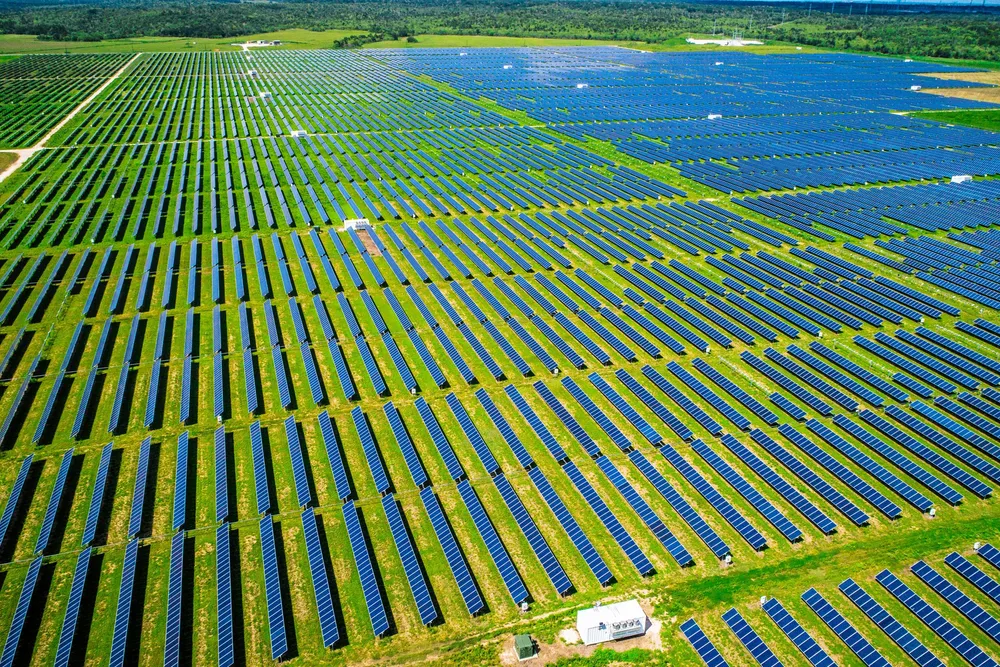US grid-scale solar installs smash record in 2024 as Trump uncertainty clouds outlook: report
Sector has plenty of demand with forecasts of strong load growth, but awaits policy clarity from new administration

The US installed a record 41.4GW of utility-scale solar capacity in 2024, up 33% from a year earlier, with segment activity set to slow the rest of this decade, according to a new report by Wood Mackenzie and Solar Energy Industries Association (SEIA).
Solar, whose other segments include the much smaller commercial, community, and residential, accounted for 66% of all new electricity-generating capacity added to the grid last year, up from 56% in 2023.
Battery storage comprised 18% versus 14% a year earlier, wind 10% (11%), natural gas 4% (17%), and other technologies 2%, unchanged.
"Solar and storage can be built faster and more affordably than any other technology, ensuring the United States has the power needed to compete in the global economy and meet rising electricity demand,” said SEIA CEO Abigail Ross Hopper.
This was particularly the case in Texas, which maintained its position as the top ranked state for new solar capacity with 11.6GW, mostly utility-scale and double number two California. The Texas economy is booming, and solar development occurs on private land, enabling faster project development.
President Donald Trump, however, is taking aim at Inflation Reduction Act (IRA) tax credits, although it's unclear if he has enough support among majority Republicans in Congress to eliminate them for solar and storage.
Tax credits played a key role last year in enabling the US to increase solar module manufacturing capacity 190% to 42.1GW. The US also re-shored cell manufacturing for the first time since 2019, a 1GW facility in the state of Georgia.
"We still have many challenges ahead, including unprecedented load growth on the power grid. If many of these policies were eliminated or significantly altered, it would be very detrimental to the industry's continued growth," said Sylvia Levya Martinez, principal analyst, North America utility-scale solar for Wood Mackenzie, and report co-author.
Added Ross Hopper: “It’s critical that lawmakers continue to support an 'all of the above' energy strategy that fosters the growth of American energy sources like solar and storage."
The industry is also waiting to see what the administration will do on key issues such as permitting reform, streamlining clogged grid interconnection queues, and tariffs.
Woodmac forecasts 2025 solar installations will dip from last year as policy uncertainty partially offsets high demand. Trump’s flurry of executive orders is impacting each solar segment in varying degrees, “contributing to a challenging environment for the sector,” said the report.
In some cases, such as a federal funding freeze, the situation remains fluid, while a halt to key permits for renewable energy projects on federal lands for 60 days will likely result in utility-scale project delays.
While utility-scale installations will decline annually through 2029, Woodmac’s base case outlook foresees the US adding 356GW of capacity over the next decade.
“Rising energy demand from artificial intelligence and data centres, coupled with supply chain issues for large gas turbines, serves as an upside for utility-scale, as the segment is well positioned to help meet this expected growth when paired with storage,” said the report.
(Copyright)